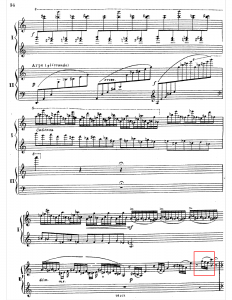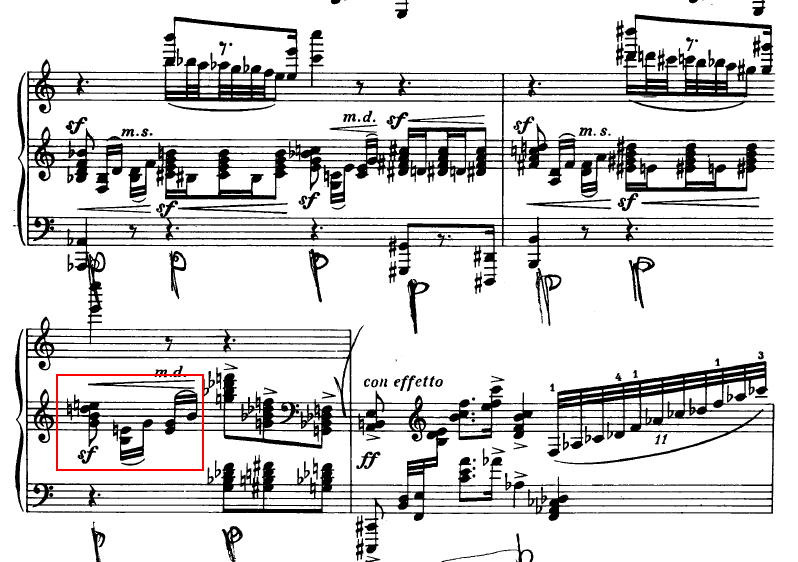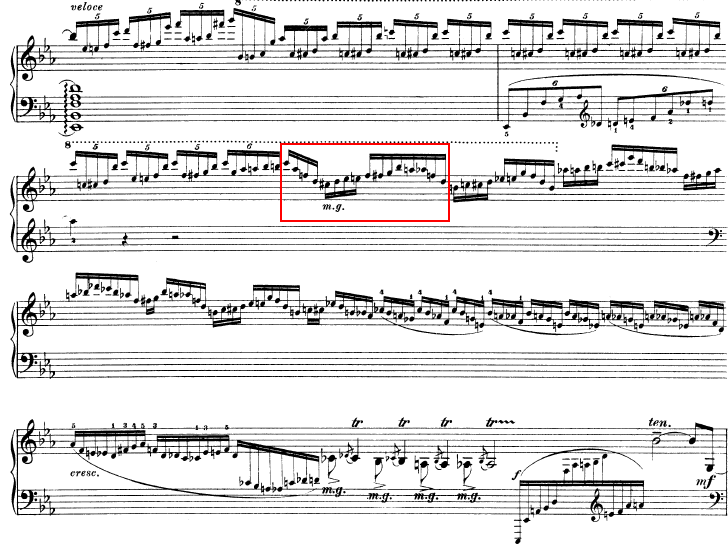Hey all! I wanted to do a short post today on examples of why it is important for pianists to consult many sources when they’re learning and studying a new work. We are so fortunate in this day and age to have relatively easy access to so many forms of media, whether it be open-source first edition scores, recordings, secondary sources, or even manuscripts. All from the computer of our computer desk! Yes, sometimes even after all this studying you may still not have conclusive evidence about certain things, but at least you are more informed in the choices you make regarding interpreting the text.
Throughout the years studying and listening to different people play these following works, I’ve found some interesting misreadings. These are just a few that have been fueled by what I’ve heard most recently, but there are definitely more. Misprints in editions also often occur (the Bärenreiter Brahms Horn Trio and the Universal Edition Strauss Violin Sonata have been the most egregious recent ones) and we have to be very careful when we’re learning new repertoire.
Rachmaninoff Rhapsody on a Theme of Paganini Op. 43
We’ll start with a simple one. The edition I learned this piece from was the Kalmus, and I think it’s just a basic reprint of the first edition. The end of Variation 11 always confused me, because after a series of sixteenth rests, there was an eighth rest. However, if you take into account the notes that follow, the beats didn’t work out. It wasn’t until I looked at the full score where I found out that there was a missing triplet sign. Might not change much in the grand scheme of things, but it’s kind of nice knowing that the beats add up.
Prokofiev Piano Concerto No. 2, Op. 16
I haven’t gone through the whole piece in detail yet, but I noticed this interesting misreading in many people’s performances, both in recordings and live. This misreading depends on the edition you use.
This is in the 1st movement cadenza. Because some of the solo editions break the measure across the system break, the accidentals which should carry through aren’t given courtesy markings. The G’s should be sharped on the sf chord.
Rachmaninoff Concerto No. 3, Op. 30
This is in the cadenza section as well, and again it is because of a measure break. This time, rather, it is that the full score has a break in it, and so the accidentals should be assumed to reset; however, in the piano reduction score, the break is in a different location in the measure, and so it seems as if the accidentals carry through. This is one of those cases that I thought I was being very detailed by playing the A and the B naturalized, but it wasn’t until I looked at the full score did I realize that they were indeed flatted. You can also listen to Rachmaninoff play it himself, and he does the flats, and the subsequent high E is also flat (I didn’t highlight it, but it’s obvious).
Happy Pianoing!







